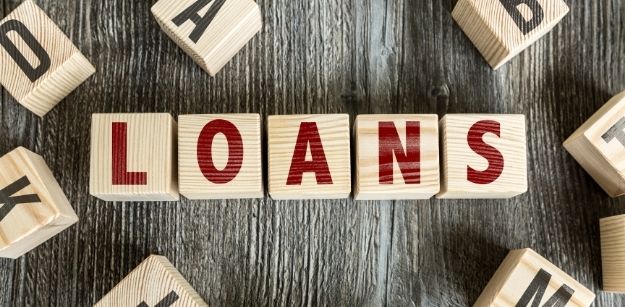According to research and history, ancient farmers from thousands of years ago were the first to make loans using crops and food items, with livestock or land as repayment options. The process of loaning has since evolved into a currency-based system before further progressing into the digital financial system of the modern era.


Knowing the history and evolution of loans is essential to knowing the loaning possibilities of the future. So read on to go through a brief history of loans and witness the milestones of lending and borrowing.
The Evolution of Loans
Ancient Loaning
Farmers from 2000 B.C. in Mesopotamia were the first to take part in loans. They could borrow seeds and later pay off the “seed loans” with their crop yield. They also similarly used this with animals, where the repayment was issued with the birth of a new calf or another young farm animal.
Moreover, Sumerian temples functioned not only as places of worship but also as banks. Such temples were also the birthplaces of loaning and credit systems. As the cities and civilization grew, so did the people’s needs and lending agreements. Thus, the concept of charging interest was born.
Loans from the Last Century
During the 18th century or Industrial Revolution, lenders would still use collateral, but indentured loans were also starting to become popular. Indentured loans would involve the rich or upper-class folk lending money to the less fortunate, and then the less fortunate borrower would have to work or engage in manual labor to pay off the debt.
With The Industrial Revolution, international trade also boomed, and banks had to catch up with the times. The 1800s continued to bring in a new age for lending. Loans were made more widely available for everyone, except for “colored folk.”
Loaning With Cards & Digital Data
The world made a lending shift to financial data in the middle of the 20th century. In 1950, Frank McNamara changed the world forever by paying a restaurant bill with a cardboard card (the Diners Club Card’s ancestor). Years later, in 1958, the Bank of America launched its first credit card, the BankAmericard. By 1959, credit scores from the Fair Isaac Corporation (FICO) became widely used by lenders to evaluate those seeking mortgage loans.
People were starting to tire from the many hours they’d spend filing paperwork regarding loans in the 1980s. Luckily, computers met the needs of the banking and loaning industry just in time to meet the rising population and “manual fatigue.” But eventually, with the evolution of the computer and electronic data, the ways of lending also evolved. And so, online lending reared its head.
Alternative online lending’s rise due to the speed of technological progression in the past years has proven to be a blessing for most folk. Online lending has eliminated the enormous amount of paperwork and inconveniences of traditional loans – making way for a new era of lending ease and convenience. After all, you can just go on the Internet and type “online loan Philippines.” However, it was an Australian company called Prospa that first introduced the world to the ease of alternative online lending. After it launched in 2006, Prospa allowed online lenders to give out to eager borrowers who wanted to ditch going to a bank for loans. The company offered a “peer-to-peer” lending system that allowed the average person to alternately invest and lend – greatly speeding up financial processes and opening more opportunities for everyone financially. After that, other companies such as OnDeck and many more caught onto the idea, and now here we are.
The future of lending is now. It is fortunate that we are living in a time where anything is possible, especially virtually. Now, everybody can easily compare one’s loan options online and see which loan products offer the best deals.



